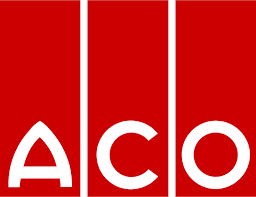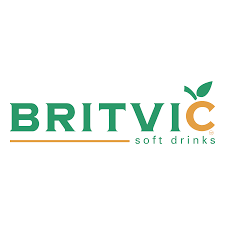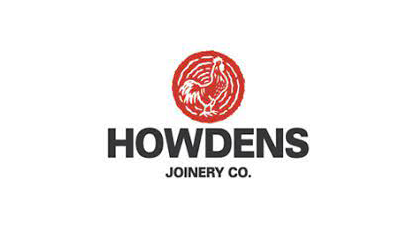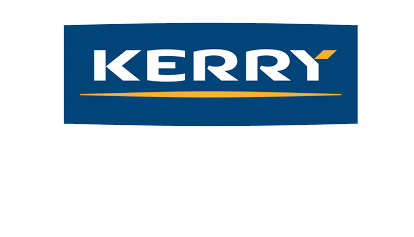
- Details
- Category: Blog
What emerges from those who succeed in delivering step out gains is that those gains are achieved though close collaboration between commercial, operations and technology functions to innovate, test and refine higher added value products and services. At the heart of those new product and service offerings is the release of new value from operations such as:
- Increased Precision, higher material yield and lower levels of quality defects,
- Improved flow of value and reduced customer lead times,
- High productivity, flexibility and responsiveness to shifts in demand.
Typically this involves targeted investment projects and the implementation of advanced technology.
This is not a straight forward journey as an industry leading organisation committed to exploring the potential of Industry 4.0 found out. They failed on more than one occasion to deliver the gains from advanced technology until they recognised that:
- the gains come from improved connectivity of people and workflows
- It is people who will create the gains so put them first.
To quote the Chairman and CEO of A World Economic Forum accredited IR4.0 Lighthouse company.
"The most important achievement is the enhanced engagement and empowerment of our workforce. It has changed our way of thinking."
With that new insight they were able to use the improved connectivity to engage their workforce with actions to reduce minor stops and speed losses. They started at 3 of their plants by applying a short list of carefully selected Digitisation "Use Cases" that had been successful in other industries. That including the creation of a communications layer connecting:
- Mobile worklists, reporting and alerts
- Task logging and performance tracking
- Information access via QFD codes
- Notifications spanning machine optimisation, process planning and fault fixing
- Over the shoulder support
- Video reporting and training.
In addition to performance gains, the project also released time to focus on the challenge of making progress towards net zero environmental goals.
The lessons learned from that initial centre of excellence were also transferred to other parts of the organisation in around one day.
Lean TPM Step Out Tactics
Although the above example involves digitisation, what emerges from those who succeed in delivering step out gains is that those gains are achieved by targeted investment to release hidden potential from their operations using a blend of:
- Lean thinking with its focus on end to end work flow
- TPM concepts of cross functional teamwork to improve overall effectiveness
Step out projects also adopt a hybrid approach to project management which includes stage gate led actions to test and refine new ideas in a way that engages stakeholders with the challenge of transforming the workplace reality.
That involves the use of Early Equipment Management (EEM) principles which:
- Surface latent project problems early in the project timeline so that they can be dealt with when they are easier to resolve.
- Highlight opportunities to enhance project value and achieve higher levels of return on investment.
- Coordinate the glide path to flawless operation from day one and beyond.
Understanding the art of the possible
There are lessons to be learned about how to harness the power of new technology to achieve step out performance from the emergence of services such as Deliveroo (Other delivery services are available).
Such services almost seamlessly connect millions of customers with thousands of delivery riders and restaurant partners.
They design their operations to achieve, in real time:
- the fastest delivery time for the eater,
- most accurate arrival time for the delivery person,
- the most accurate food preparation estimate for the restaurant.
The power of close connectivity across the supply chain makes it possible for them to achieve a very short order lead time with low finished goods inventory levels despite the complexity of individual customer order patterns
That is because all of this happens in the digital domain. Deliveroo has closed the loop between the physical and virtual worlds providing an easy comparison between what is happening and what should happen.
This approach, known as the Digital Twin, provides a way to gain an insight into the true nature of problem hot spots and how to prevent them.
In a manufacturing environment, Digital Twins provide the insight to challenge traditional rules of thumb developed historically to deal with the complexity of day to day management.
For example: A process company traditionally ran the first part of a batch at slow speed whilst awaiting confirmation from Quality Assurance. Their use of a Digital Twin approach revealed that this practice doubled their energy costs during the start up period. The Digital Twin model also helped when testing out new ideas to eliminate the risk of scrap during start up. The slow running rule had been necessary in the past so was never questioned even after it made no sense.
How DAK Academy Can Help
Our support plans are designed to deliver practical gains over bite sized 3 month/90 day improvement cycles covering:
A. Awareness and Diagnostic sessions to set out foundation concepts and support an assessment of current status. Outputs include action plans, issue prioritisation and targeting to apply lessons learned.
B. Training and Mobilisation Workshops to identify the detailed trouble map and begin practical steps to deal with gaps and barriers to progress during the next 90 day improvement cycle.
C. Implementation Coaching and guidance to develop skills, lock in the gains and transfer lessons learned.
The content of support plans is defined to suit the needs of the improvement challenge, the current status of the organisation and capabilities of those involved. Below is an example of DAK Academy support for delivery of Step Out performance gains.
A. Awareness and Diagnostic Session:
Delivering Gains from Advanced Technology
Format: half day on line
This half day on line session is designed to raise awareness of the evolving best practice road map and identify where advanced technology can deliver step out gains. That includes the building blocks of success.
- How to avoid the common implementation pitfalls that result in pilot purgatory.
- How to deliver gains from this disruptive technology.
B. Training and Mobilisation Workshops:
Manufacturing Project Management
Format: 3 day in house training
Successful delivery of Manufacturing Projects depends as much on engaging stakeholders with new thinking and knowledge capture as it does on classic project management tools.
This course covers how to do that to produce winning specifications and the realistic and achievable plans to deliver them.
Learn how to avoid common manufacturing project pitfalls, deliver better value and achieve higher return on investment. Be able to develop a robust project management skill set.
C. Implementation Coaching and Guidance:
Early Equipment Management Skills Passport
Format: Coaching Plans for Key Stakeholder Roles
The adoption of Early Equipment Management principles is underpinned by capability development of those in key project stakeholder roles. As adults learn best through practical application, each project presents a learning opportunity for those involved.
The EEM skills passports below set out the core, intermediate and specialist competencies for each project role. This is used to record demonstrated capabilities as each level of competence is achieved. The outcome is the systematic development of internal capabilities to deliver better projects faster.








